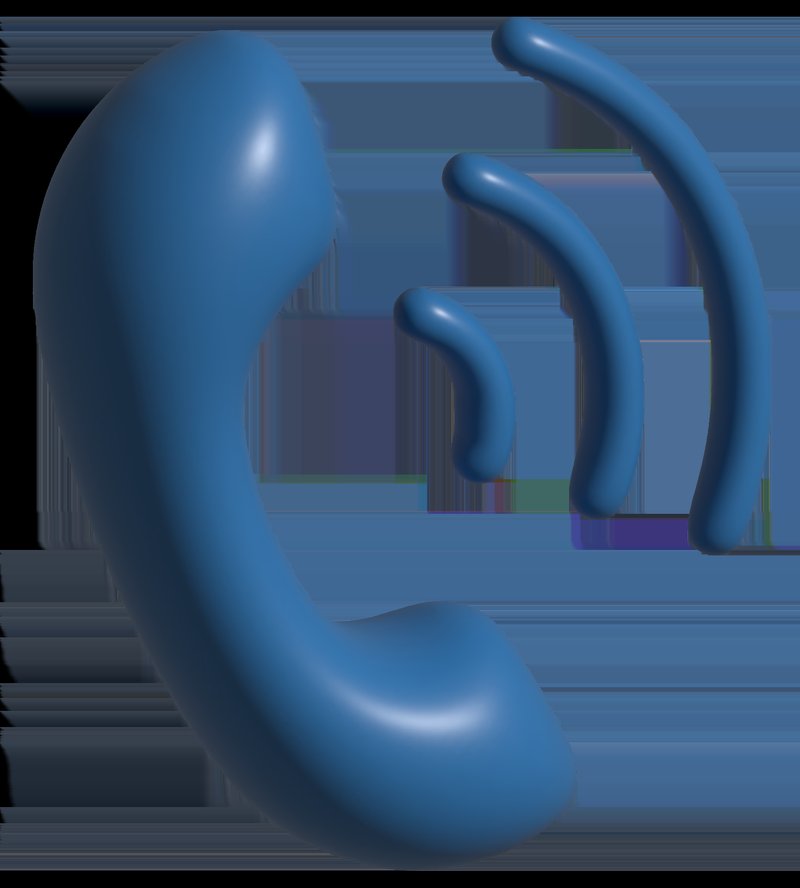
The OE error code specifically indicates an issue with the refrigerator’s cooling mechanism. Think of it like your fridge catching a cold and not being able to maintain the right temperature. It’s frustrating, for sure, but also essential to address before minor problems escalate into major repairs. You might be wondering if this is something you can tackle on your own or if it’s time to call in the professionals. Let’s break it down and see when it might be wise to pick up the phone and dial a technician.
Understanding the OE Error Code
To really grasp the OE error message, think of your refrigerator as a mini ecosystem that thrives on balance. The cooling system’s job is to maintain a consistent temperature to keep your food fresh, like a well-oiled machine ensuring everything runs smoothly. When the OE error pops up, it usually means something in that system is off-kilter, particularly with the fan or air circulation.
So, what’s the common culprit here? In many cases, the error could be due to a blocked vent or a problem with the fan that circulates air throughout the fridge. It’s almost like having a fan in your living room that gets stuck — air can’t flow freely, and the room doesn’t cool down. A blocked vent can lead to poor airflow, resulting in uneven temperature distribution. Consequently, one part of your fridge might feel warmer than another, which is not ideal for storing perishables.
Another possibility is that the condenser coils, typically located at the back or underneath the fridge, are dirty or clogged. These coils disperse heat, and if they’re covered in dust or debris, they can’t do their job effectively. It’s akin to wearing a winter coat in summer — you’re just going to overheat! Regularly cleaning these coils can sometimes solve the problem and is something you can do without a technician. But if the code persists, it’s a sign that you should consider professional help.
Can You Fix It Yourself?
Before you rush to call a technician, there are a few simple things you can try. Start by checking the vents inside your refrigerator and freezer compartments. Are they obstructed by food or other items? If so, rearrange your groceries to allow for better air circulation. Think of it like rearranging furniture to improve airflow in a stuffy room — sometimes a little change makes a big difference!
Next, take a moment to clean those condenser coils. Unplug the refrigerator for safety and carefully vacuum or brush away any dust and debris. This task might not be glamorous, but it’s an easy way to potentially resolve the error. If you’re noticing improved cooling afterward, you might have successfully tackled the root of the problem.
However, if you’ve done all you can and that pesky error message still won’t disappear, it might be time to call in the professionals. There could be an underlying issue with the fans, thermostat, or even more complex components that require an expert’s eye. Don’t let frustration win; sometimes, knowing when to hand over the reins is the wisest decision.
When to Call a Technician
Now, let’s talk about when to call a technician. If you’ve attempted the basic troubleshooting steps and the issue persists, or if you’re not comfortable performing these tasks yourself, reaching out to a professional is key. A technician has the tools and expertise to diagnose more serious issues with your Samsung refrigerator. They can identify problems with the fan, electrical components, or cooling system that go beyond simple fixes.
What’s the downside of waiting too long to make the call? Continuing to operate a refrigerator with underlying issues can lead to food spoilage or, even worse, bigger and costlier problems down the line. Like ignoring a leaky roof until it becomes a flood, delaying repairs can turn a small issue into a major repair job. And let’s face it, no one wants to deal with a fridge full of spoiled milk and soggy vegetables!
Ultimately, a technician can ensure that your appliance is running at peak efficiency, potentially saving you money on energy bills and extending the life of your refrigerator. It’s a small investment for peace of mind and a fridge full of fresh groceries.
Preventative Measures to Avoid Future Errors
Now that you know more about the OE error code and when to call a technician, let’s shift gears to prevention. Keeping your refrigerator in top shape can help you avoid seeing that error code again. It’s like maintaining a car — regular check-ups can prevent unexpected breakdowns.
First, make sure to regularly clean the condenser coils and check the air vents for obstructions. Keeping these parts clean and clear ensures that air flows smoothly throughout the unit. It’s a quick task that can be added to your routine cleaning activities, like wiping down kitchen counters or sweeping the floor.
Additionally, ensure your fridge is not overstuffed. A crowded refrigerator can block airflow, making it hard to maintain a consistent temperature. It’s like packing a suitcase too tightly — everything gets wrinkled, and nothing fits well. Keep the contents organized and leave space for air to circulate to maximize your fridge’s efficiency.
Lastly, consider scheduling routine maintenance with a professional technician. Just as you visit a doctor for annual check-ups, a technician can spot potential issues before they become problematic. This proactive approach can save you time, money, and the stress of dealing with unexpected refrigerator hiccups.
By understanding what the OE error code means and knowing when to call a technician, you’re better equipped to keep your Samsung refrigerator running smoothly. Remember, a little knowledge goes a long way, and with regular maintenance, you can keep your appliance in top condition for years to come.
